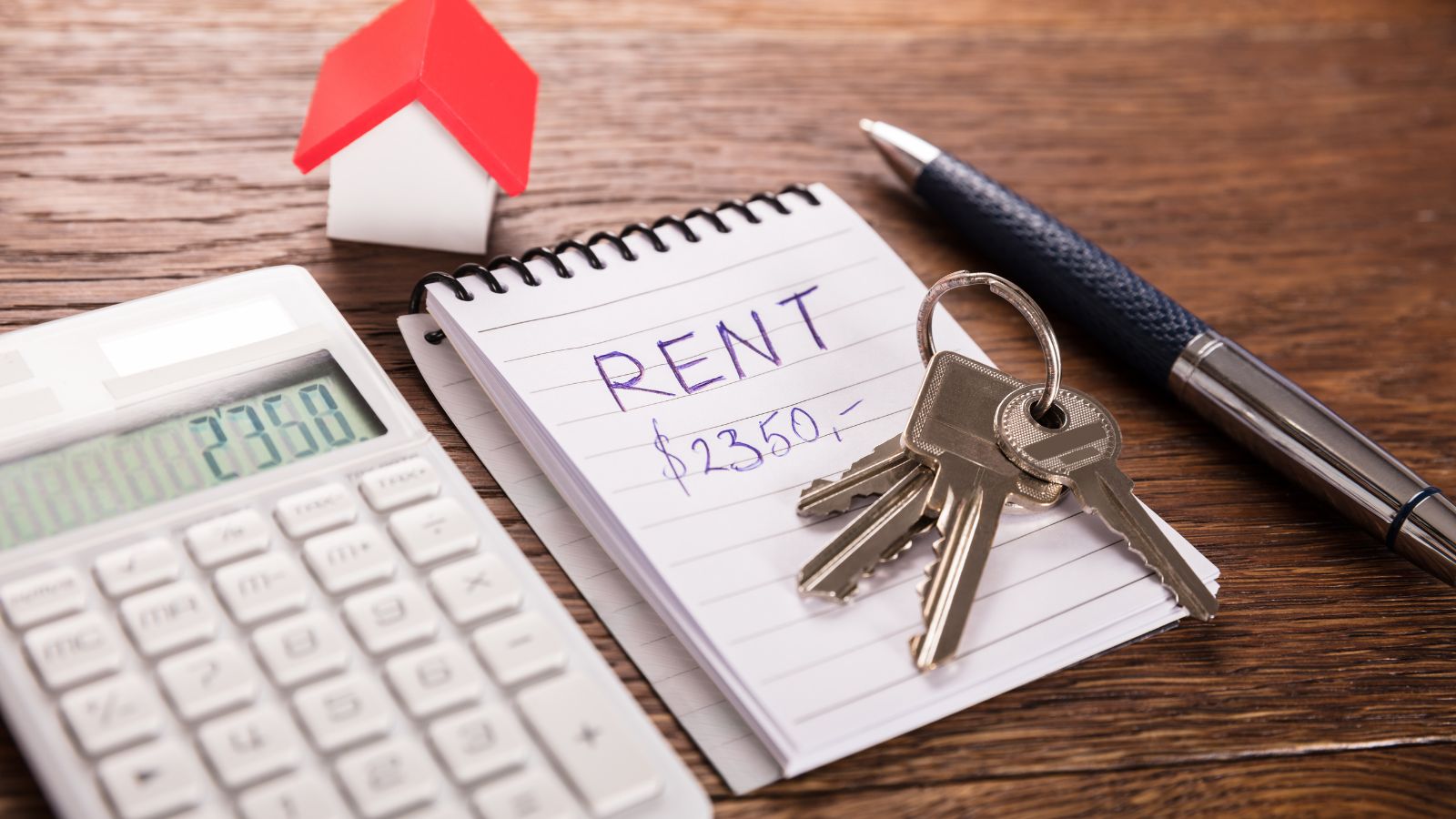Inflation in 2024 continues to reshape consumer behaviors across the globe, forcing many to rethink how they allocate their hard-earned money. As prices surge for everything from groceries to housing, spending habits are evolving unexpectedly. Here’s a look at 19 surprising changes in how inflation impacts consumers’ daily lives.
Cutting Back on Non-Essentials

With inflation making everyday costs soar, many are re-evaluating their discretionary spending—non-essential expenses such as dining out, entertainment and luxury purchases are increasingly sidelined. Consumers prioritize necessities over indulgences, leading to shifts in industries like travel, fashion, and dining.
Thrift Shopping Grows in Popularity

As prices climb, there is a renewed interest in thrift stores and second-hand markets. What was once a trend embraced by environmentally conscious shoppers is now a practical choice for anyone looking to stretch their dollars. From clothing to furniture, consumers are finding ways to maintain their lifestyle without breaking the bank by buying pre-owned items.
Store Brands Gaining Favor

Shoppers are increasingly reaching for store-brand or generic products over name brands, particularly for household essentials and groceries. With the same quality, often at a significantly lower price, generic products offer a more budget-friendly alternative. This shift is not only helping consumers save money but also encouraging retailers to expand their private-label offerings.
Travel Plans Are Changing

Rising costs for travel-related expenses, including airfare, hotel stays, and car rentals, are making vacations a luxury. As a result, people are altering their travel plans—opting for local getaways, road trips, or budget-friendly destinations instead of costly international trips. Staycations, where people enjoy their time off at home, have also become a popular option.
Dining Out Becomes Less Frequent

Eating out is becoming less frequent as restaurant prices soar due to rising food and labor costs. Many are cooking at home more often, rediscovering meal planning and home-cooked recipes to keep food expenses under control. This shift has driven increased demand for meal kits and cooking tutorials as people seek ways to make home cooking more convenient and enjoyable.
The Rise of DIY Projects

With inflation affecting the cost of professional services, people are increasingly tackling do-it-yourself (DIY) projects for home improvements, repairs, and even hobbies. From crafting to renovating, DIY culture is gaining traction as a cost-effective way to manage personal projects and maintain households without hiring professionals.
Switching to Cheaper Subscription Plans

Consumers are becoming more selective about streaming services and subscription plans, downgrading to cheaper options or even canceling some altogether. The plethora of streaming platforms makes many choose only a few favorites while others take advantage of free trials and promotional offers.
Delayed Major Purchases

Big-ticket items like cars, home appliances, and electronics are being put on hold. With higher interest rates and inflated prices, many are delaying significant purchases, focusing instead on saving or paying off existing debts. The trend is evident in the automotive industry, where some consumers repair older vehicles instead of buying new ones.
Prioritizing Essential Health Care

Healthcare is becoming more selective as rising costs compel individuals to prioritize only necessary treatments and medications. While regular check-ups and elective procedures are often postponed, there’s a growing reliance on preventive care and home remedies to avoid higher medical bills.
Increased Carpooling and Public Transit Use

The rising price of gasoline is leading to a surge in carpooling, public transportation use, and even biking. For many, commuting is no longer just about convenience—finding the most cost-effective way to get around. The shift from personal vehicles is becoming more pronounced in cities with efficient public transit systems.
Emphasis on Coupons and Discount Apps

Consumers are eagerly turning to digital coupons, cash-back programs, and discount apps to save money on groceries and household goods. The need to maximize savings is fostering more people to adopt money-saving strategies, such as comparing prices across different stores and using rewards programs.
More People Taking Up Side Gigs

To cope with the rising cost of living, many individuals are pursuing additional income sources, such as freelance work, gig economy jobs, or starting side businesses. Though the rise of remote work has made it easier to balance multiple income streams, this trend also reflects the need for supplementary income for people in today’s economy.
Adopting Energy-Saving Measures

With utility costs rising, households are becoming more conscious of their energy consumption. Investments in energy-efficient appliances, smart thermostats, and even small changes like using LED bulbs or lowering thermostats are increasingly popular. These measures help reduce monthly expenses and provide long-term savings on utility bills.
A Shift Toward Minimalism

Minimalism is gaining traction as a practical lifestyle choice in response to rising costs. Many are downsizing their living spaces, decluttering, and focusing on acquiring fewer but higher-quality items. This shift toward minimalism helps people maintain financial stability while reducing waste and simplifying their lives.
Fewer Impulse Buys

With a focus on mindful spending, shoppers plan their purchases more carefully. Impulse buying, once fueled by convenience and abundance, has declined as consumers exercise more restraint. This trend contributes to a shift towards quality over quantity, where purchases are more considered and intentional.
Frequent Grocery Trips for Deals

Some consumers make smaller, more frequent trips to the store instead of large weekly grocery hauls. By shopping more often, they can take advantage of short-term sales and discounts on perishable goods, which helps save on food costs.
The Resurgence of Bartering and Community Sharing

Communities are seeing a revival of bartering and sharing, with people trading services, tools, and goods. Tool libraries, community gardens, and co-op sharing initiatives are becoming more popular as cost-effective ways to access what is needed without purchasing.
Investing in Durable Goods

There’s a growing trend of investing in durable, high-quality products instead of buying cheaper items that need frequent replacement. Whether it’s clothing, electronics, or furniture, consumers favor items that offer longevity, even if the initial cost is higher. This strategy helps save money in the long run.
Renting Over Buying

As housing costs climb, more people choose to rent rather than buy. This trend extends beyond housing to include renting furniture, appliances, and even tools. Renting offers a way to manage expenses more predictably, avoiding the significant upfront costs associated with ownership.
Conclusion

These spending adjustments reflect how deeply inflation is affecting daily life in 2024. Consumers adapt by finding creative ways to save, prioritizing essential needs, and embracing more budget-friendly alternatives. The shift in spending habits is reshaping individual lifestyles and broader market trends, from retail and entertainment to travel and housing. As inflation continues to influence the economy, the emphasis on financial resilience and resourcefulness will likely persist.
18 Reasons Why People Are Leaving Florida in Masses

Exploring factors that impact the desirability of living in Florida, this list delves into various challenges shaping residents’ experiences. From environmental concerns like rising sea levels to economic factors such as fluctuating job markets, these issues collectively contribute to a nuanced understanding of the state’s appeal.
18 Reasons Why People Are Leaving Florida in Masses
